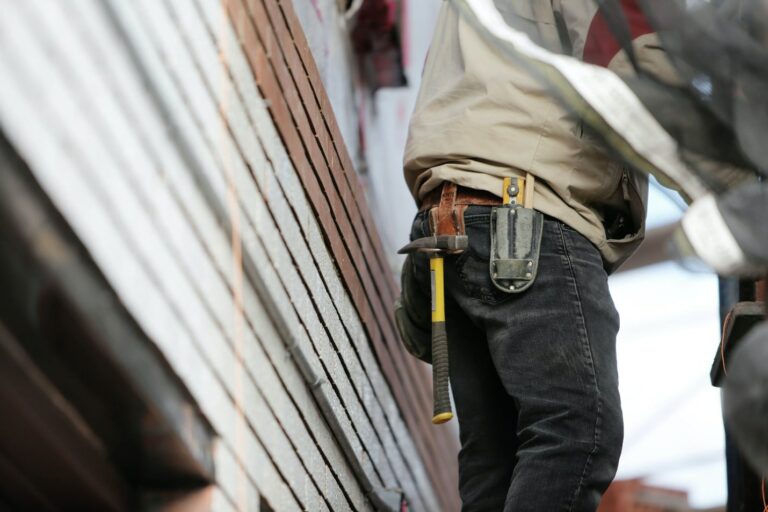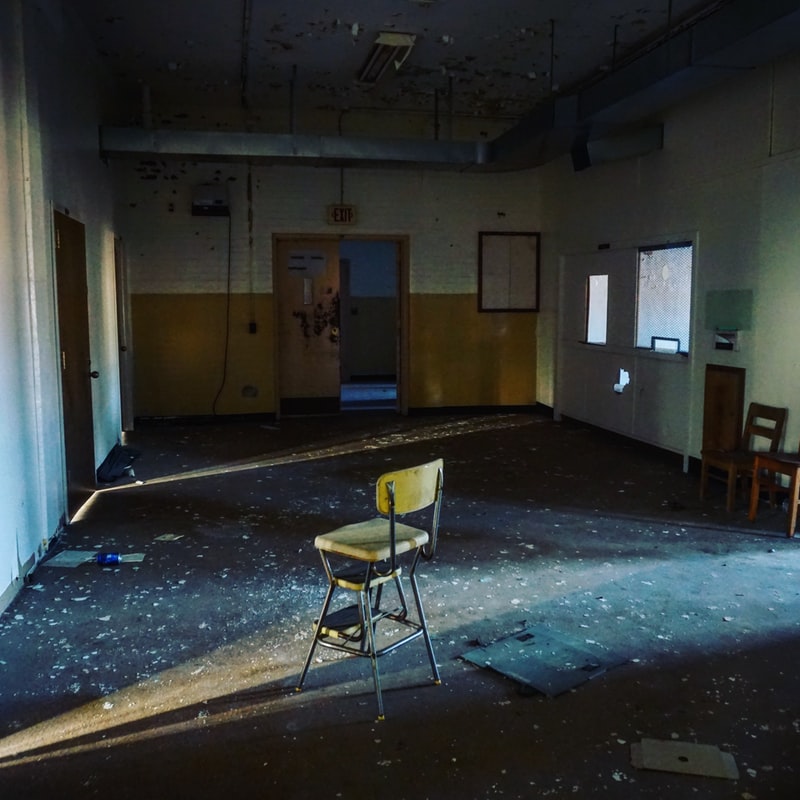
When hiring a professional, there are several things that they will do to make sure the job is done right and efficiently. Generally, they will first investigate the area by testing for humidity levels as well as checking for any possible moisture in areas where it may not be readily visible. This way, they can determine the source of the issue which is often a very difficult process without proper tools or training. Once they have found a primary problem area, then they can proceed to extract excess water from porous surfaces so it doesn’t spread throughout your home and cause more damage than was initially intended. Finally, once all water has been removed from the site, they will also work on removing staining and odors as this could also negatively affect the quality of your home.
The first step to removing excess water is by extracting it from porous surfaces. The reason this is necessary for both carpet and wood floors, for example, is because if too much moisture remains in these areas it will eventually start to damage the subflooring below them. If this isn’t dealt with efficiently then you can expect structural problems that are very expensive to repair later on down the road. They have specialized equipment that allows them to extract all remaining moisture so it doesn’t cause any more damage than was initially expected.

